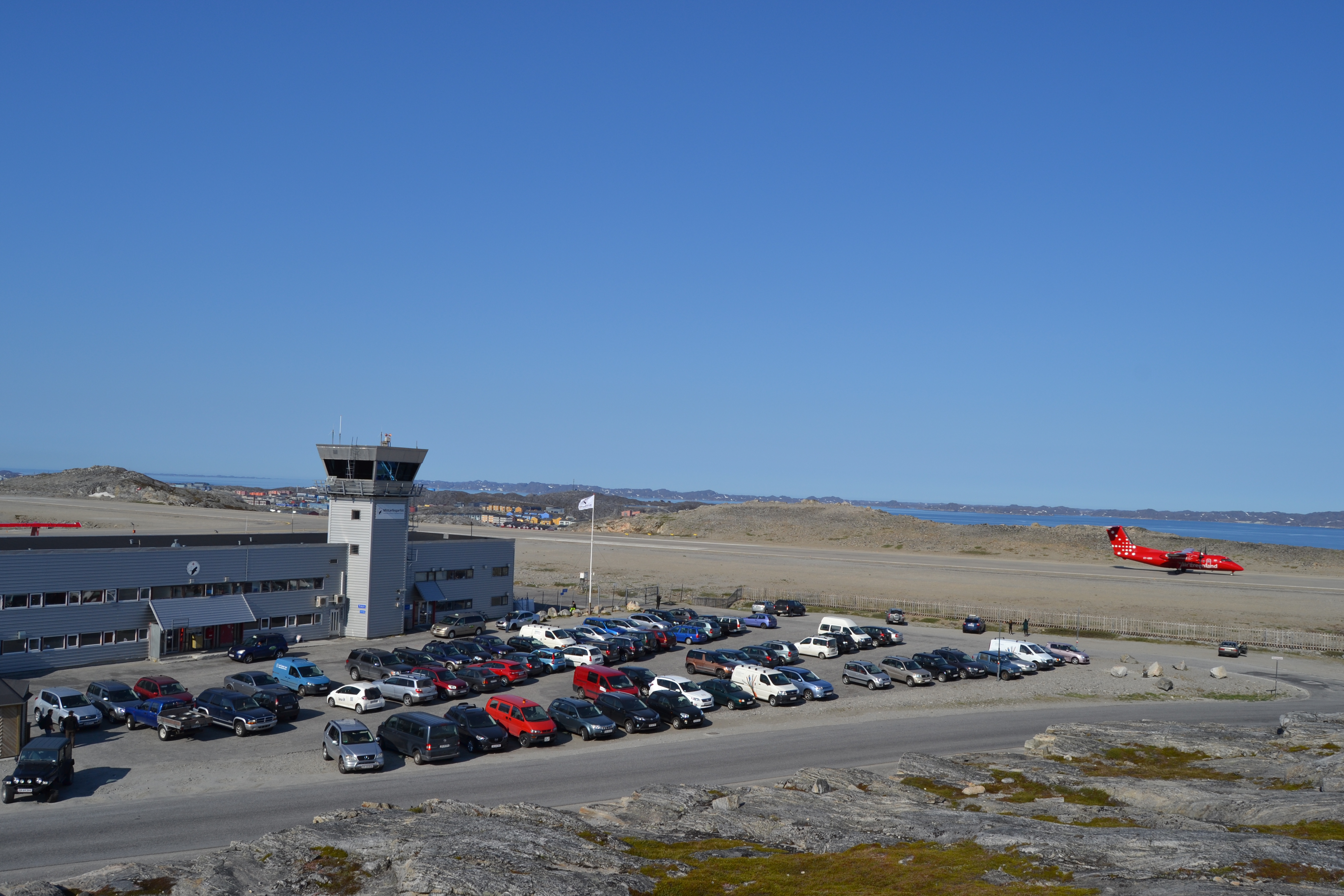As tourism to Greenland grows, the country looks to grow tourism infrastrastructure to match

By 2027, the number of tourists visiting Greenland each year could reach 90,000, doubling the amount that arrived last year, according to Visit Greenland, the national tourism promotion board.
The figure, which does not include cruise-ship passengers, is based on arrivals information from the country’s airports and indicates strong growth during the past 18 months, according to Anders Stenbakken, the managing director.
Based on the trend, Visit Greenland projects a growth rate of 6 percent annually over the next decade, though it is likely the number of visitors could rise even more, according to Stenbakken, who describes the projection as “conservative.”
In addition to relying on raw numbers, Visit Greenland has also worked with Air Greenland, the flag carrier, and Nata, an organisation that promotes tourism in Greenland, Iceland and the Faroe Islands, to compile reports about tourism trends in the U.S., Germany and the U.K., three major markets.
The reports, according to Stenbakken, have given a better understanding of travellers’ reasons for choosing Greenland as a destination.
“If we understand our customers’ expectations, we’ll be able to market ourselves better,” he says.
Iceland is another important country for the development of tourism in Greenland, given its proximity and its own rapidly growing tourism industry. Although the option of adding a trip to Greenland on to an Icelandic holiday has become more popular, three quarters of all passengers flying to Greenland still arrive via Copenhagen. For Mr Stenbakken, this means both routes will remain important as Greenland seeks to market itself.
One of the key elements Visit Greenland’s forecast is based on are plans to extend runways at five airports. This will make it possible to fly directly to Nuuk and Ilulissat, the two main destinations in Greenland, from airports in Europe and North America. Today, the typical flight from abroad arrives in Kangerlussaq from Copenhagen. Passengers must then transfer to small, 37-seat, turboprops that can land on short runways.
“This will be a game-changer for Greenlandic tourism,” Stenbakken says. “It will mean more opportunities, but it won’t be without its challenges.”
One example: the new runways will be long enough to accommodate planes that are larger than fleet of turboprops currently in use, but too short for the Airbus A330 that serves the Copenhagen-Kangerlusuaq route.
Likewise, with airlines operating smaller planes from abroad, flights will need to arrive and depart more frequently than is the case today.
One benefit of the smaller planes, however, is that more destinations will become commercially viable.
Another consideration is whether there will be enough hotel capacity for twice the number of visitors. A part of this can be found by attracting more people during the off-season. But even if that happens, more beds need to be added, either in the form of building hotels or by expanding existing facilities, according to Stenbakken.
“We need to add capacity if we want to make sure that more people visit Greenland,” he says.
Marketing is a third area that will play an important role in Greenland’s development. Here the strategy is to define the country as not just one destination, but five: northern, southern and eastern Greenland, the Nuuk area and an area on the western coast near the Arctic Circle.
Creating clearly defined destinations, according to Stensbakken, cuts down on what he calls “non-constructive” competition to become known as the destination that offers an authentic Greenland experience. Without them, tourism interests would have less interest in working together, he believes.
“Having five distinct destinations that collectively represent the true Greenland, allows us to give a complete picture of the country and one that appeals to a wider range of travellers than each of the destinations can on their own.”
Just as important as attracting bringing in more travellers and making sure they have a place to stay will be showing them a good time while they are there. This is especially important when it comes to language, Stenbakken reckons.
Right now, for example, Danes still makes up the majority of travellers to Greenland, and Greenlanders learn Danish in school. That makes communication not much of a problem. But with the rapid growth in the number of Americans and travellers from western Europe, Stenbakken expects being able to speak English will be a requirement for those working in tourism. For the country as a whole, he says the industry needs to come up with new experiences it can offer travellers, while at the same time generally raising the level of service provided.
This article was originally published in Sermitsiaq, a Greenlandic newspaper that is owned by The Arctic Journal’s parent company.